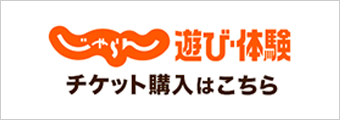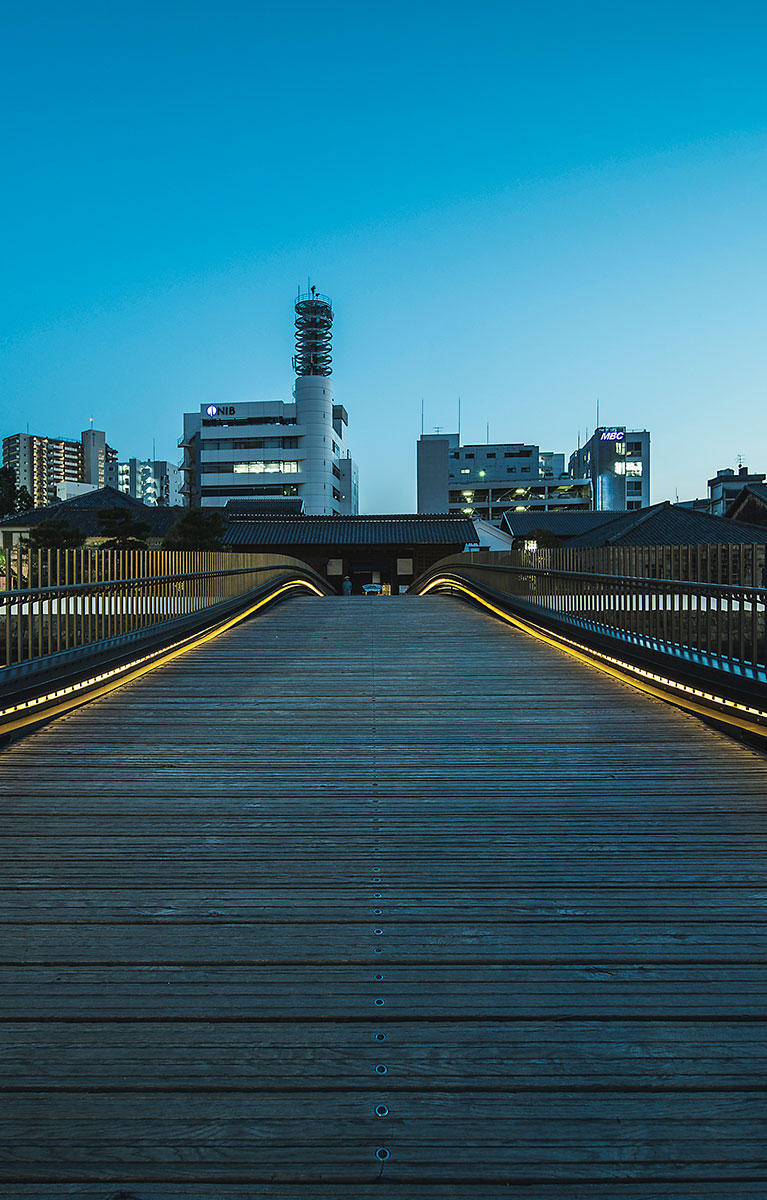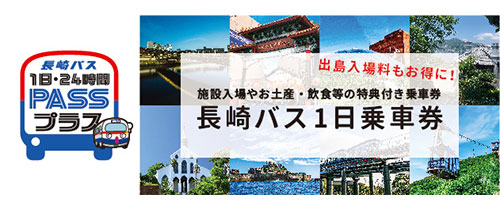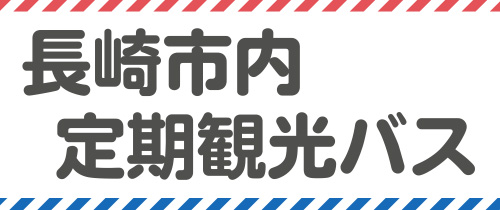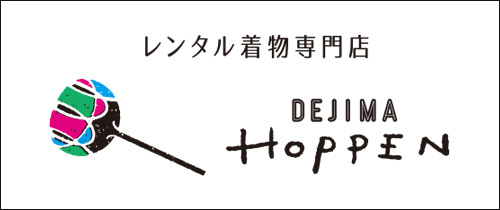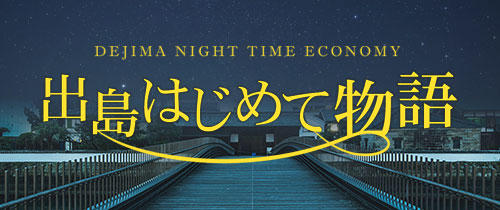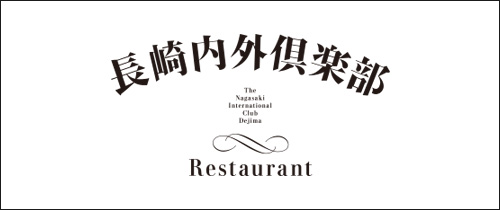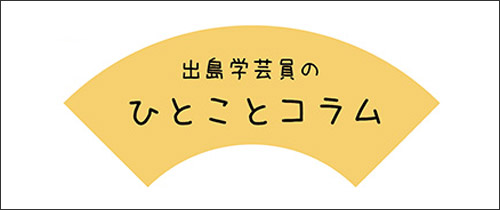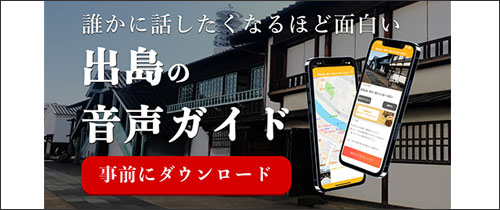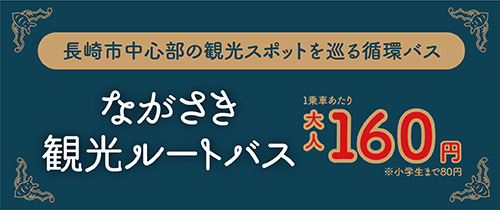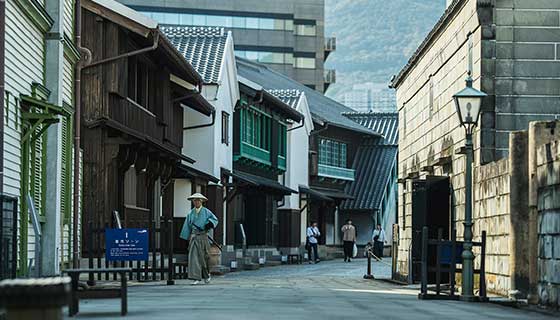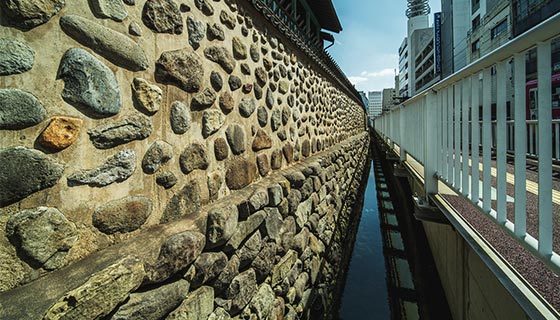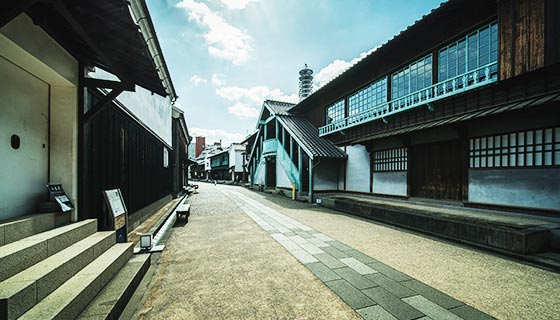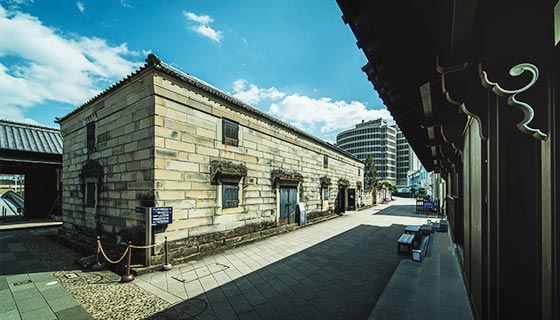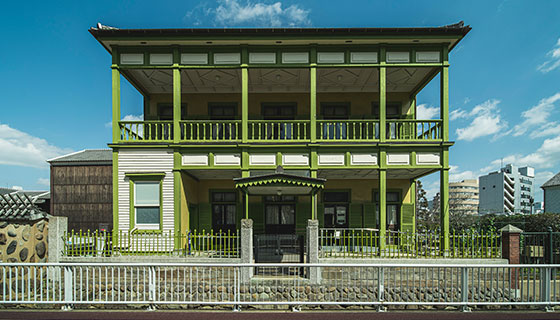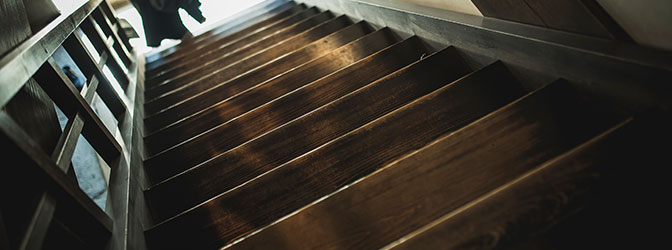- EN
- JP
Event
-
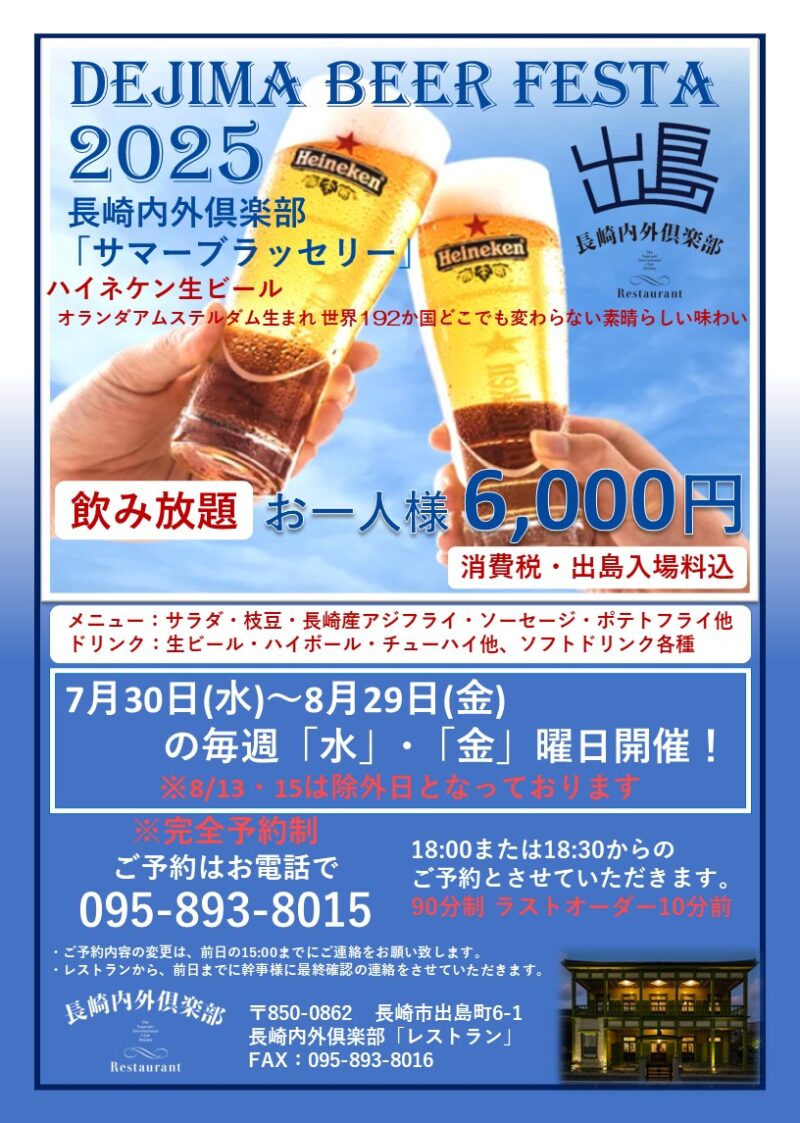
- 【長崎内外倶楽部レストラン】ビアフェスタ2025開催!
ビールのおいしい季節が近づいてきています!今年も出島内のレストラン長崎内外倶楽部...
-
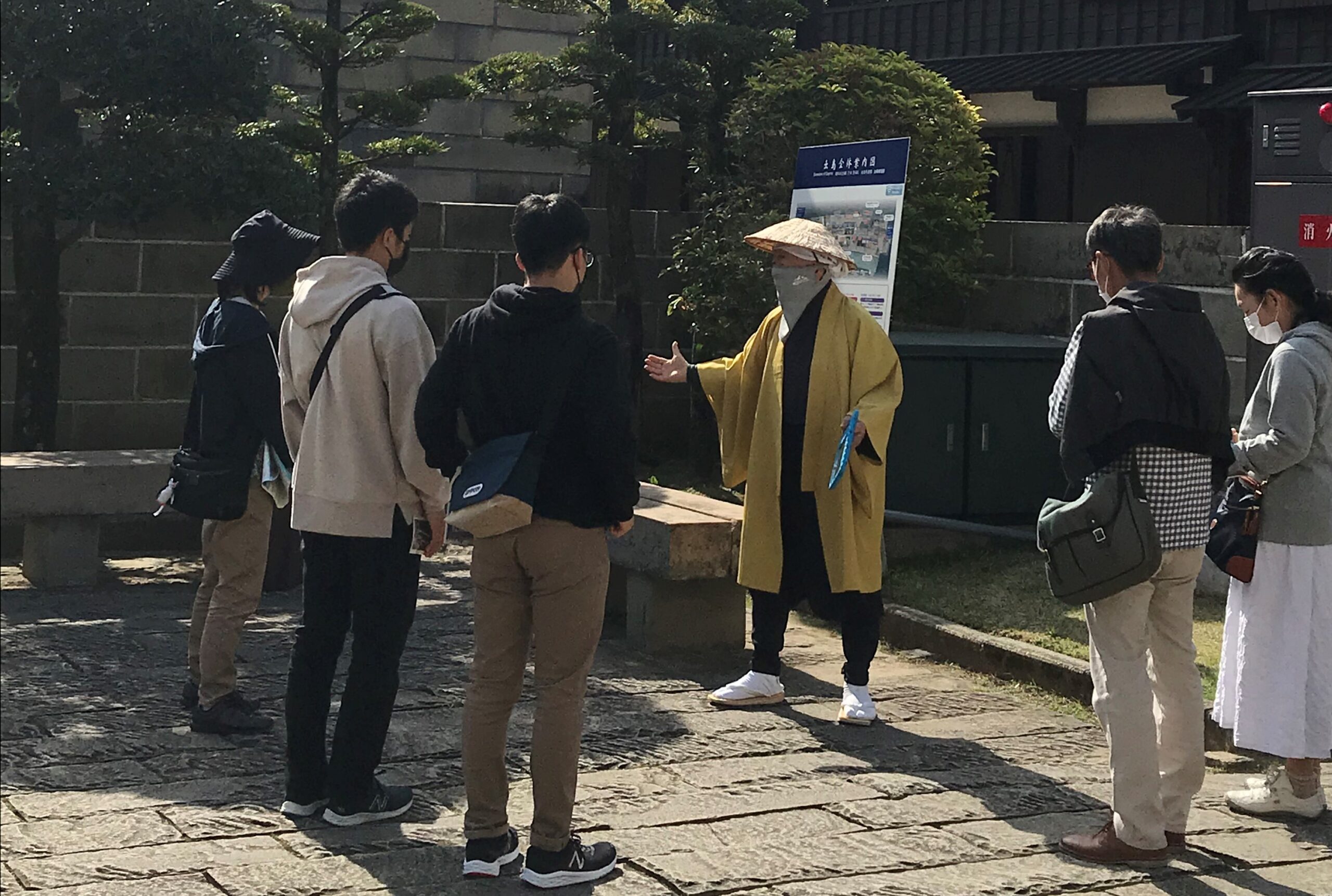
- 【出島ガイドツアーのご案内】
出島では、歴史スタッフが説明をしながら場内をご案内する出島ガイドツアーを開催して...
Column
-
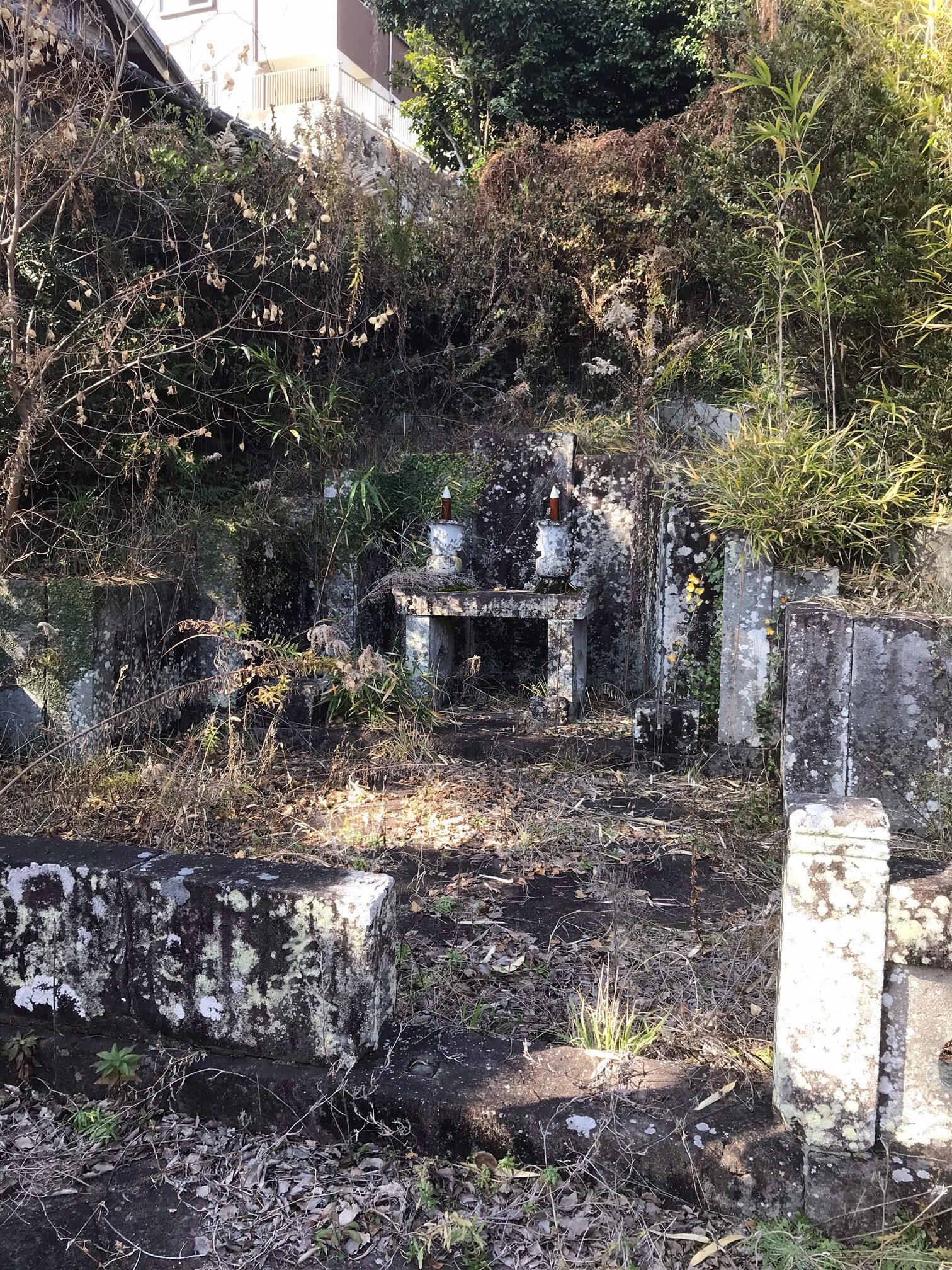
- 【出島町人を語ろうVol.9】有名な出島町人Par
有名な出島町人について紹介する第3弾は、18世紀中頃から19世紀前半頃...
-
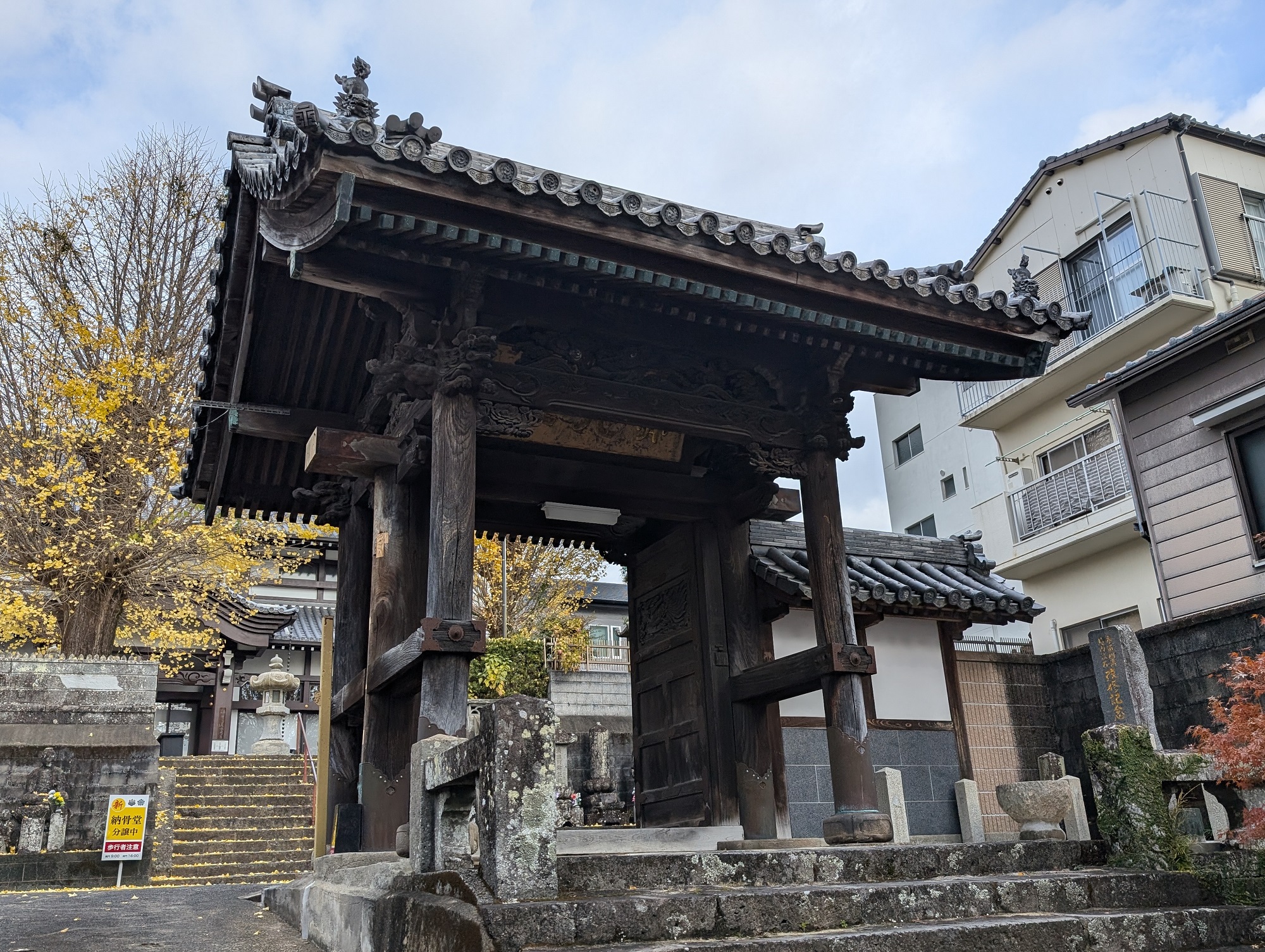
- 【出島町人を語ろうVol.8】有名な出島町人Par
有名な出島町人紹介第2弾は、前回紹介した高嶋四郎兵衛と同じく、出島の築...
-
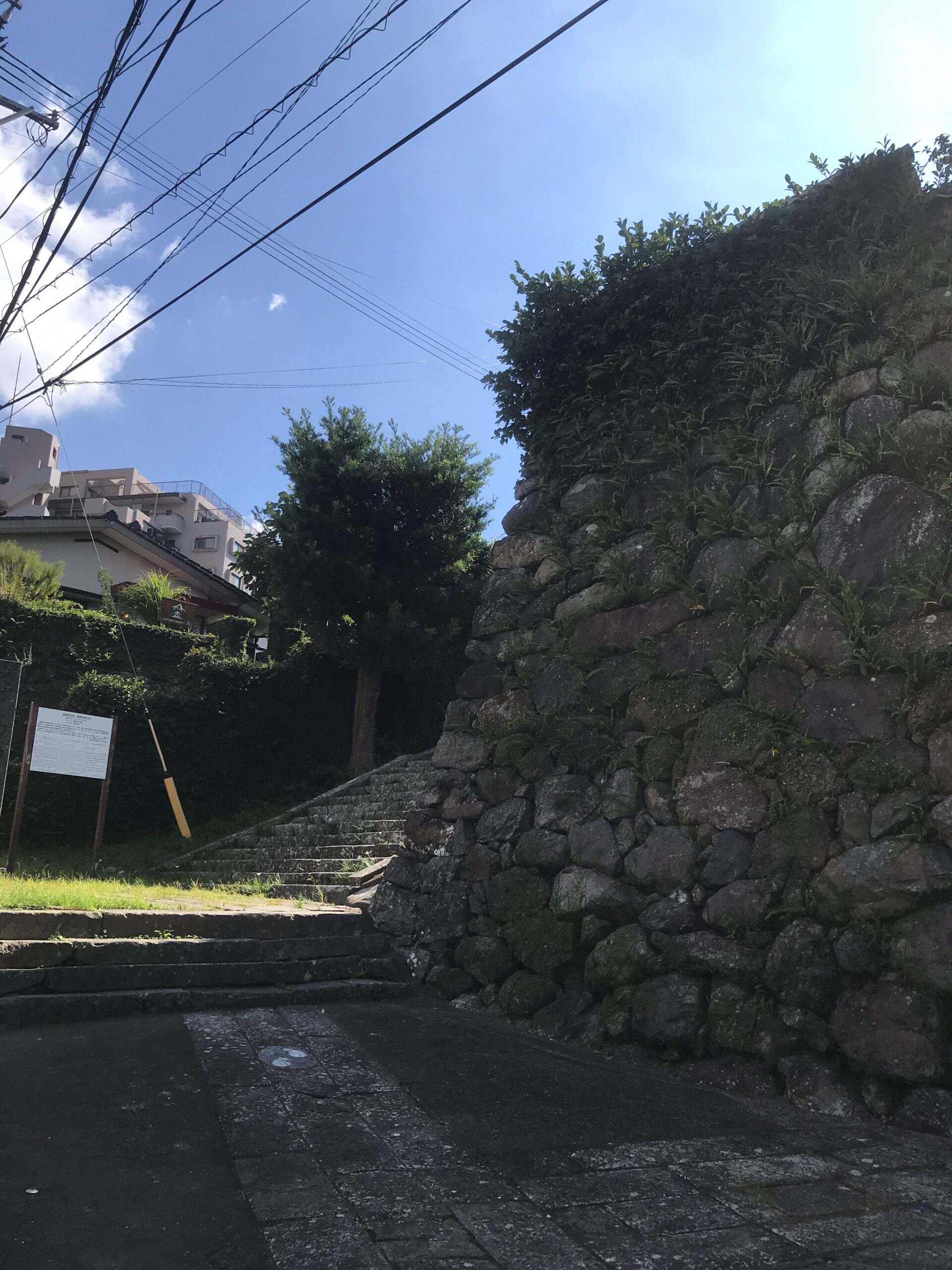
- 【出島町人を語ろう】Vol.7有名な出島町人Par
これまでのコラムでは、出島町人の名前や移り変わり、役割などをご紹介して...
-
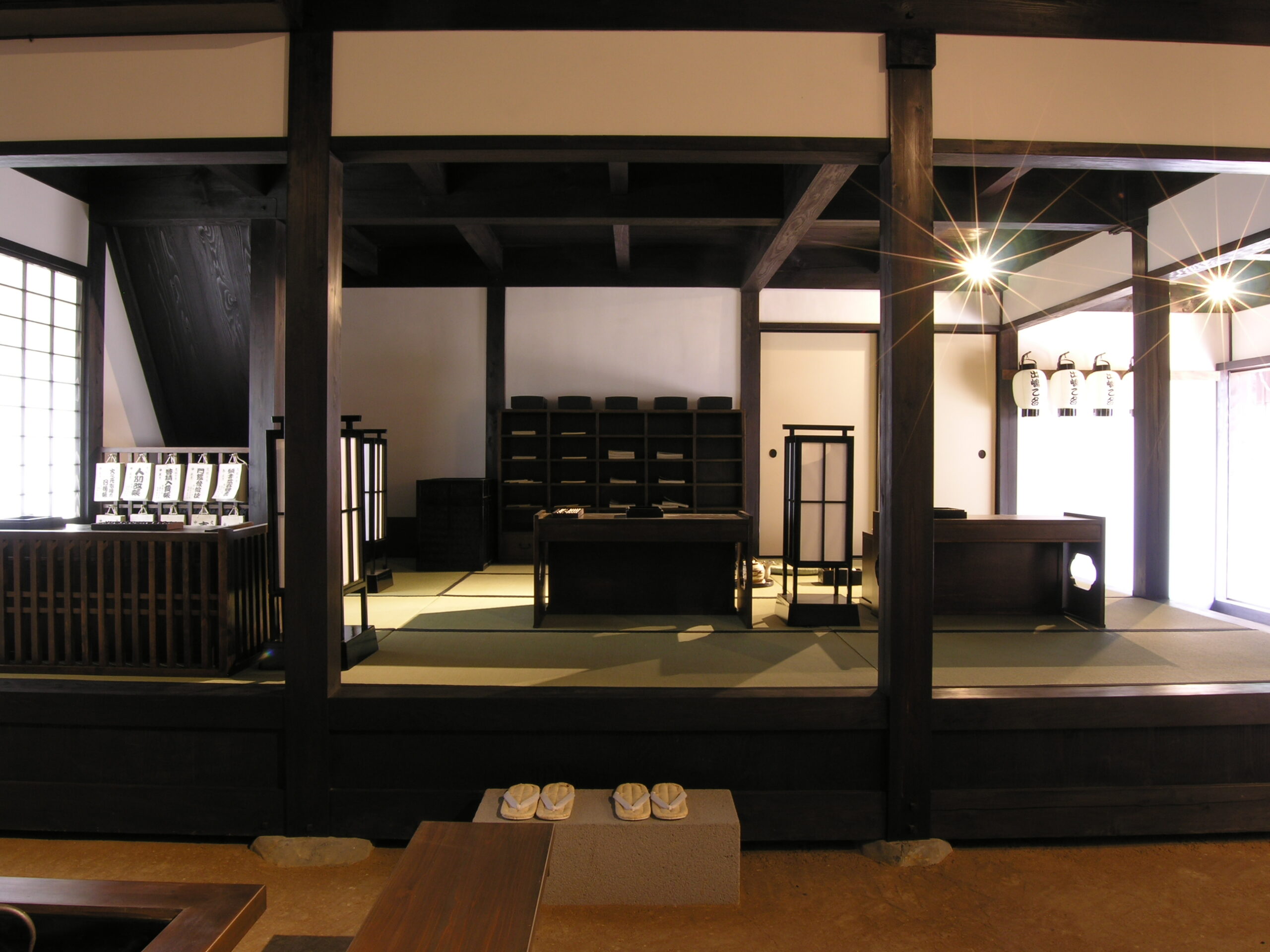
- 【出島町人を語ろう】Vol.6出島での仕事ぶり
今回のコラムでは、出島町人の仕事にスポットを当ててお届けします。これま...
Information
| Admission fee | ||
|---|---|---|
| Group Tour (15 or more guests) | ||
| Adults | 520 jpy | 410 jpy |
| Senior High Students | 200 jpy | 120 jpy |
| Junior high/Elementary school students | 100 jpy | 60 jpy |
■ ※Please be reminded that re-entry is not possible
■ We accept cash, WeChatpay and Alipay for payment
| Business hours | ||
|---|---|---|
|
■Exhibition Area 8:00~21:00 (The entrance closes at 20:40 ) ■The Nagasaki International Club Dejima Restaurant 11:00~18:00 Lunch: LO.13:45 Tea Time:LO.17:00 ■The Dejima Museum Shop 9:00~18:00 |
■ The entrance is only the 『Main Gate』
■ Open all year round
Please note that there are occasions when some facilities are not available due to maintenance work.
| Services | ||
|---|---|---|
| Wheelchair rental |
■ 〒850-0862 6-1 Dejima-machi, Nagasaki City, Nagasaki Pref.
Visiting by public transportation
Access information
Dejima Cityscape
The Dejima Restoration Project
More Details
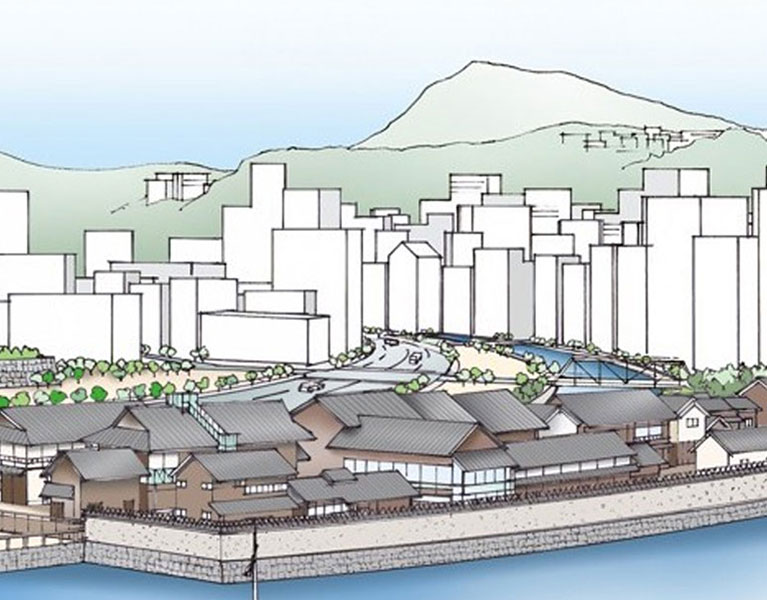
FAQ
- Are there restaurants in Dejima?
- Yes. There is a restaurant on the 1st floor of Former Nagasaki International Club.
Light beverages and food menu, including Toruko Rice, are available.
Please enjoy dining in Dejima.
Dejima Restaurant
- Can I purchase books sold in the Dejima Museum Shop and have them send home?
- Yes, you can. Please pay the price of merchandise in advance.
Books will be sent by a collect courier service.
Ask the Museum Shop for more details.
Dejima Museum Shop (1F Head Clerk’s Quartes)
tel.095-820-3355
- Are there any restaurants around Dejima?
- Yes, there are restaurants in Shinchi Chinatown and Hamano-machi Shipping Arcade within 5 to 10-minute walk distance as well as Dejima Wharf within a 4 to 5-minute walk distance.
Also, you will find some more restaurants at Nagasaki Station in about 5 minutes by tram from Dejima Stop.

